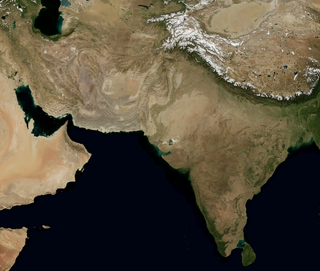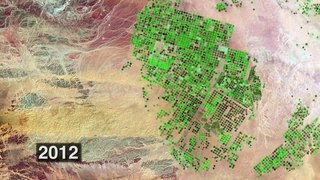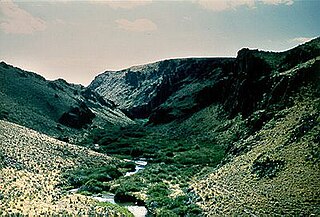Rod Koh or Rod Kohi (Persian : راد کوہ) is a form of irrigation system in Pakistan. Rod means channel and Koh means mountain in Persian. The Rod Kohi system based on Kulyat Riwajat (Fromulae and Traditions) which governed the irrigation system ever since the Pashtun tribes moved into Damaan. The British officers moved all these to writing during their Land Settlements in the later part of the nineteenth century. The Bolton Irrigation Notes of 1908 are still considered the Bible of Rod Kohi irrigation. [1] Rod Koh is the main torrent bed which usually remains dry, when there is no flood, whereas Zam means the flow of perennial water coming out of springs. [2]

Persian, also known by its endonym Farsi, is one of the Western Iranian languages within the Indo-Iranian branch of the Indo-European language family. It is primarily spoken in Iran, Afghanistan, and Tajikistan, Uzbekistan and some other regions which historically were Persianate societies and considered part of Greater Iran. It is written right to left in the Persian alphabet, a modified variant of the Arabic script, which itself evolved from the Aramaic alphabet.

Pakistan, officially the Islamic Republic of Pakistan, is a country in South Asia. It is the world’s sixth-most populous country with a population exceeding 212,742,631 people. In area, it is the 33rd-largest country, spanning 881,913 square kilometres. Pakistan has a 1,046-kilometre (650-mile) coastline along the Arabian Sea and Gulf of Oman in the south and is bordered by India to the east, Afghanistan to the west, Iran to the southwest, and China in the far northeast. It is separated narrowly from Tajikistan by Afghanistan's Wakhan Corridor in the northwest, and also shares a maritime border with Oman.
Zam system is a form of irrigation system in Pakistan. Zam means the flow of perennial water coming out of springs, whereas Rod Koh is the main torrent bed which remains usually dry, when there is no flood.
Contents
The flood and perennial water of the Zam is used for irrigation and drinking purpose. Zam water is classified into two categories: Buga Pani (flood water) and Kala Pani (perennial water).
Rod Koh (torrent-spate-irrigation) systems go back at least as early as 330 BC and provided economic basis for some of the early civilisations. Alexander the Great, according to Arrian, sailed down the river Jhelum to its junction with Indus River. His land forces marched in two bodies on either side of the river. They noticed some form of torrent agriculture although in a very poor state in a few locations of the Sulaiman piedmont. Heavy rains in the catchments, which extend up to Balochistan region, Afghanistan, Sulaiman Range, Shirani Hills and Bhattani Range result in water rushing intotorrents in the foothill plains, named as Daman area, where torrent agriculture (Rod Kohi) is practised. [3]

Alexander III of Macedon, commonly known as Alexander the Great, was a king (basileus) of the ancient Greek kingdom of Macedon and a member of the Argead dynasty. He was born in Pella in 356 BC and succeeded his father Philip II to the throne at the age of 20. He spent most of his ruling years on an unprecedented military campaign through Asia and northeast Africa, and he created one of the largest empires of the ancient world by the age of thirty, stretching from Greece to northwestern India. He was undefeated in battle and is widely considered one of history's most successful military commanders.

Arrian of Nicomedia was a Greek historian, public servant, military commander and philosopher of the Roman period.

The Jhelum River (Urdu: جہلم Punjabi: ਜਿਹਲਮ, Kashmiri: Vyeth, is a river of west Kashmir and eastern Pakistan. It is the westernmost of the five rivers of Punjab, and passes through Srinager District. It is a tributary of the Indus River and has a total length of about 725 kilometres.











